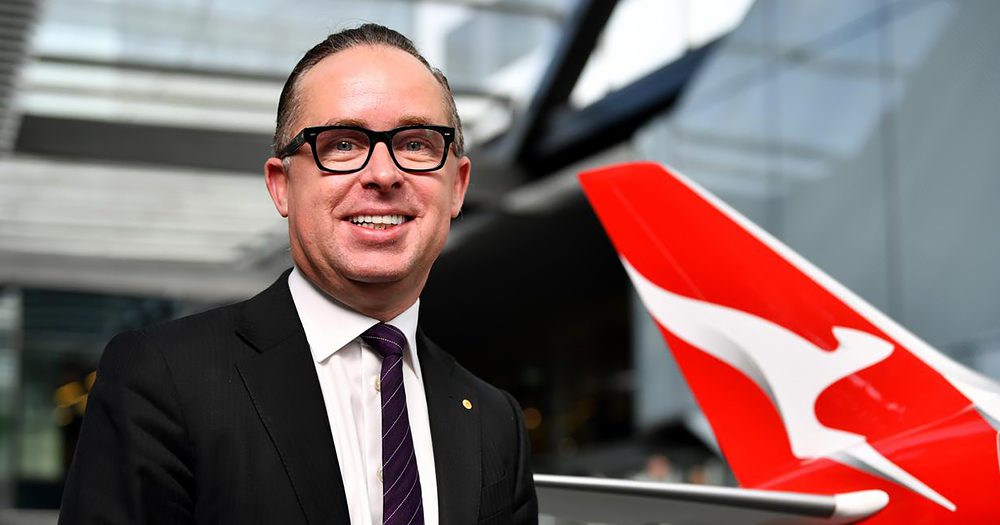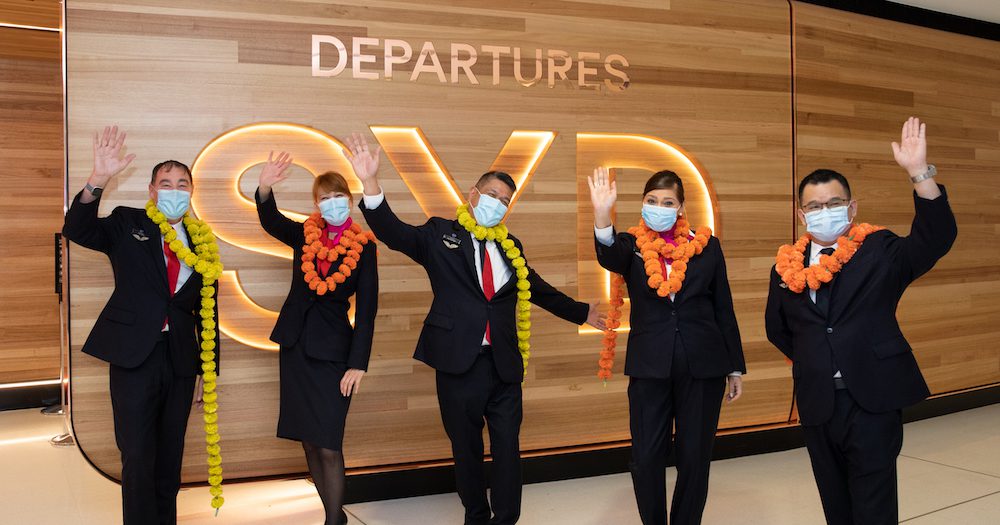Qantas has widened a half-year underlying pre-tax loss of $1.28 billion as the impact of COVID-19 lockdowns and the emergence of the Omicron strain weighed on its finances.
Despite the anticipated losses, The Qantas Group has still reported some tailwinds, strengthening travel demand and positive developments on reopening international borders in recent weeks.
Revenue for the six months to December 31 rose 32 per cent to $3.07 billion, boosted by a record performance in its freight business and a rebound in travel demand when domestic borders reopened after lockdowns.
“Most of Australia was in lockdown for several months of the first half, so the loss we’ve announced today isn’t surprising but it is frustrating,” Group CEO Alan Joyce said on Thursday.
“We saw a sharp rebound in travel demand when borders started opening in November and December, only to be hit by the Omicron wave and all the uncertainty that came with it.

The Group also expects a hit of $650 million on group earnings before interest and tax in the second half of the financial year due to the spread of Omicron.
It expects domestic capacity to be 68 per cent of pre-COVID levels in the March quarter, rebounding to 90-100 per cent in the June quarter.
International capacity is expected to be 22 per cent of pre-COVID levels in the March quarter, lifting to 44 per cent in the fourth quarter.
Cash generated from the sale of under-utilised land at Mascot; a rush of flight bookings as the Delta lockdowns ended; international border closures easing in the second quarter; and substantial contributions from Qantas Freight and Qantas Loyalty made significant inroads to balance sheet repair.
In a sign of the post-Delta recovery, the Group recorded three consecutive months of positive cash flow between October and December (excluding the land sale), primarily due to the rally in forward bookings.
The quick ramp-up of key international services, plus the addition of new routes across Jetstar and Qantas, was key to seizing early momentum in travel demand as restrictions eased.
Concern regarding the Omicron strain had a dampening impact on travel demand in December that intensified in January and compounded the unexpected delay to Western Australia’s border opening.

However, forward demand for international and domestic services has improved during February – helped by Australia’s full reopening to all visa holders and announcing a new date for WA’s borders to open. This positive momentum is expected to continue in the coming months.
In December, the slow recovery in travel demand exacerbated stranded labour costs associated with the decision to stand up all Australian-based employees. This resulted in a temporary surplus of around 17 per cent of the Group’s workforce in quarter three.
“Employees across the Qantas Group have lived through enormous challenges and uncertainty over the past two years. Many have been stood down for extended periods of time and we’ve asked them to accept a wage freeze to help our company get through an unprecedented crisis that many other airlines didn’t survive,” said Mr Joyce.
“The uncertainty carried over into January but demand has started to recover as Australia adjusts to truly living with COVID. Our frequent flyer surveys show the intent to travel is extremely high and we’re seeing good leisure demand into the fourth quarter. We’ve also seen a sharp uptick in international ticket sales in the past few weeks,” he said.
For the Qantas Group’s full results, head to: www.qantasnewsroom.com.au





